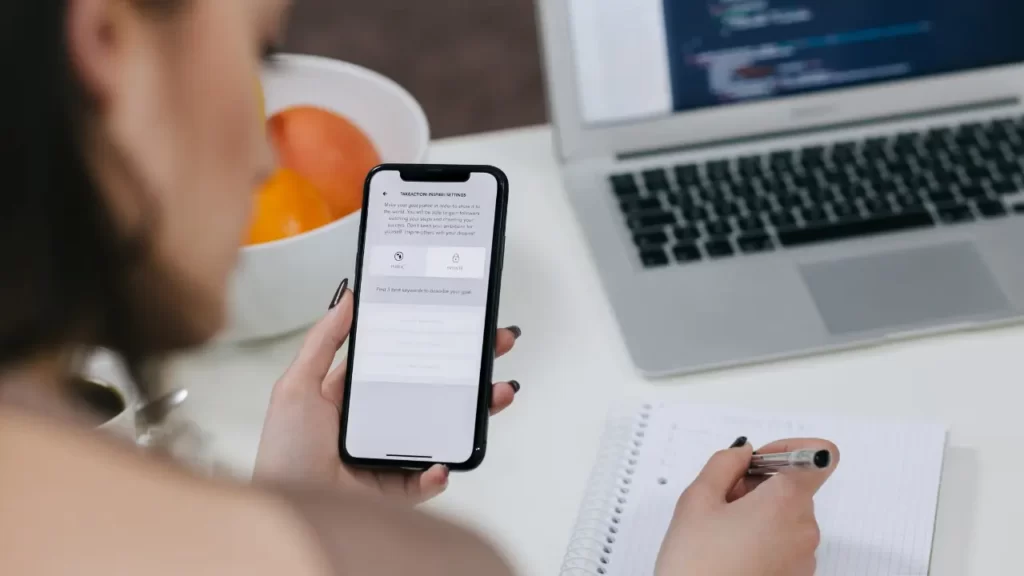In today’s digital age, the internet serves as a gateway to information, services, and opportunities for billions of people around the world. However, not all users navigate the web in the same way. Web accessibility, ensuring that websites are usable by everyone, regardless of their abilities or disabilities, is not just a nice-to-have feature; it’s a fundamental necessity. In this article, we’ll explore the importance of website accessibility and how designing with all users in mind can benefit both your audience and your brand.
Understanding Website Accessibility
Website accessibility, often abbreviated as “a11y” (where “11” represents the 11 omitted letters), refers to the practice of creating websites that can be used and understood by people with various disabilities, including those with visual, auditory, cognitive, and motor impairments. These disabilities can be permanent, temporary, or situational.
Why Website Accessibility Matters
Inclusivity: Website accessibility ensures that everyone, regardless of their abilities, can access and use your website. It promotes an inclusive digital environment.
Legal Compliance: Many countries, including the United States with the Americans with Disabilities Act (ADA), have legal requirements for website accessibility. Non-compliance can lead to legal issues and fines.
Improved User Experience: An accessible website is more user-friendly for everyone. Well-structured content and clear navigation benefit all users.
Expanded Audience: By making your website accessible, you can reach a broader audience, potentially increasing traffic and engagement.
SEO Benefits: Accessibility features often align with good SEO practices, enhancing your website’s search engine visibility.
Key Principles of Website Accessibility
1. Perceivable
Ensure that all information and user interface components are presented in ways that users can perceive. This includes:
Providing text alternatives for non-text content like images.
Using clear and legible text with proper contrast.
Offering captions and transcripts for multimedia content.
2. Operable
Design your website so that users can navigate and interact with it using various input methods. This includes:
Keyboard accessibility for those who cannot use a mouse.
Providing sufficient time for users to read and interact with content.
Avoiding content that may cause seizures or physical discomfort.
3. Understandable
Create content that is easy to understand and navigate. Key considerations include:
Using consistent and intuitive navigation menus.
Providing clear and concise instructions.
Avoiding jargon or complex language.
4. Robust
Ensure that your website is compatible with current and future technologies, including assistive technologies. This involves:
Using valid and semantic HTML.
Testing your website with different browsers and assistive technologies.
Tools and Resources for Website Accessibility
WAVE Web Accessibility Evaluation Tool: Analyzes web pages for accessibility issues and provides suggestions for improvement.
Web Content Accessibility Guidelines (WCAG): Offers comprehensive guidelines and techniques for web accessibility.
Screen Readers: Software like JAWS (for Windows) or VoiceOver (for Mac) allows you to experience your website from a user’s perspective with visual impairments.
Conclusion
Website accessibility is not just a moral obligation; it’s a legal requirement and a smart business decision. By designing your website to be inclusive and accessible to all users, you not only meet legal standards but also provide a better user experience and potentially expand your audience. In today’s interconnected world, making the web accessible to everyone isn’t just the right thing to do—it’s the future of web design.




